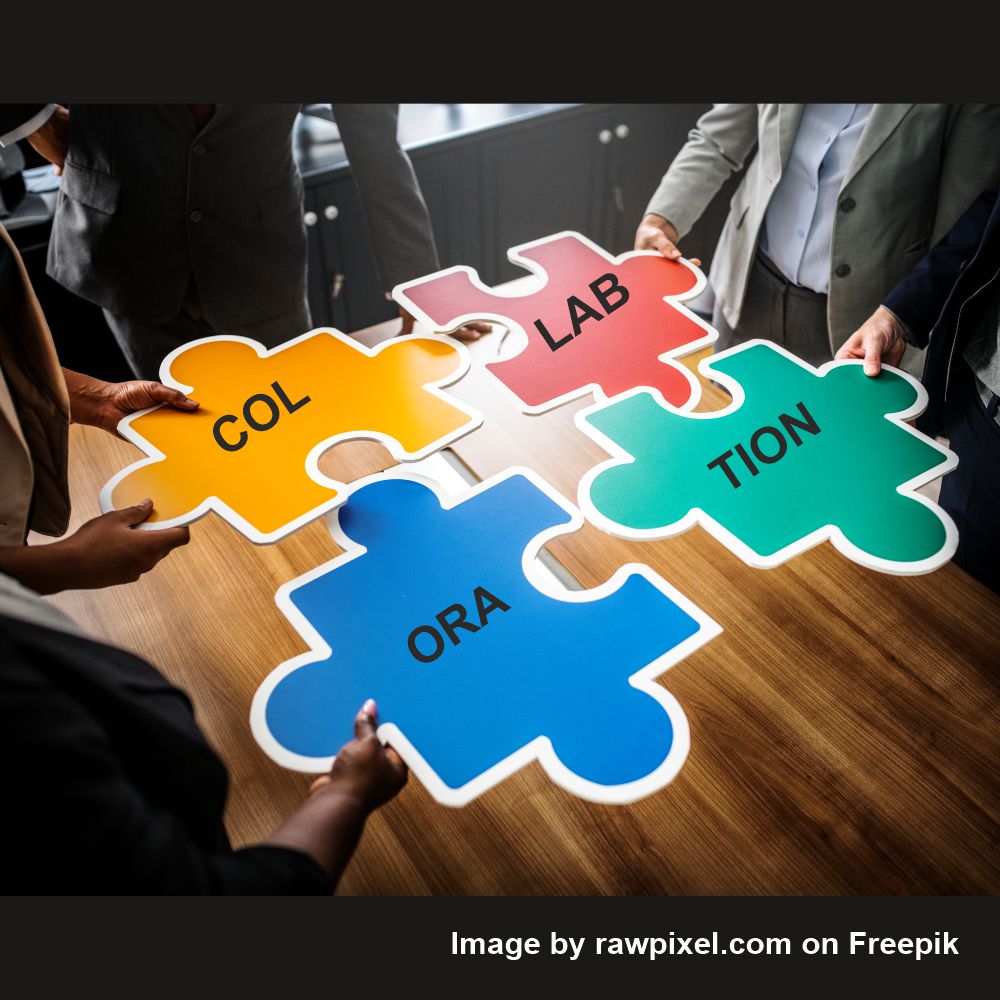“Supply Chain and Operations can be lot of science and heavy-duty acronyms – we need to simplify, show relevance to real impact in everyday life and add loads of humor. I find myself considering this as one of the purposes I need to fulfill in my career in this profession. I belong here and as in any profession; it takes a lot of your life – so why not lead it the glamorous and fun way. On a more business-like note, it also means the best of creative talent would choose this field more actively than what the reality is today,” deciphers Arun Saravanakumar, Director of Operations, L’Oréal India, during this exclusive interview…
You have been a close witness to the transformational landscape of Operations & Supply Chains. What are the factors that have led to this transformation?
I would pick three. The rise of e-commerce has been a transformation in the way goods reach the end consumer and their direct participation. It means the variability; last mile access and quick response are the new needs to be met through Supply Chain. The second would be affordable technology. In manufacturing space, this transformation started first, with factories prototyping and scaling automation and robotics in a big way and for Supply Chain, the possibility of big data enabled decisions followed suit. The last would be the consumer awareness on sustainable supply chain. It is changing the way producers’ source, manufacture and distribute products and is an indisposable competitive advantage now.
While supply chain has always been considered a less-glamourous job, can it up the glam quotient? If yes, then who better than you working with the best company in the glamour world to solve this puzzle?
This question is very close to my heart and at many times, I find myself considering this as one of the purposes I need to fulfill in my career in this profession. I belong here and as in any profession; it takes a lot of your life – so why not lead it the glamorous and fun way. On a more business-like note, it also means the best of creative talent would choose this field more actively than what the reality is today. Of the two main ways to do this, the first would be, as you can see with all successful brands, to Market it well.
Here the operation and supply chain leaders have a role to play in talking it up across mediums to keep the subject in popular knowledge. There is no dearth of such mediums like social media, mainstream conferences, books, games and such to propagate engaging content.
The second more important thing to do is to demystify the subject. SC/Operations can be lot of science and heavy-duty acronyms – we need to simplify, show relevance to real impact in everyday life and add loads of humor.
You have spoken on the gamut of Remote Manufacturing – the Future of Work. How do foresee things shaping up?
It looked more closer than what it seems now during the Pandemic. Then it was a big shift the world had to adapt to, to run things as usual when mobility was impacted. It, for sure, accelerated the idea of remote manufacturing across the board. But since the return of life as we used to know before, it is now back to progressing at a pace that is largely dictated by the efficiency it can bring and real need. Needless to say, there are many factories, concentrated in China and a few developed nations where this is a living reality. Lights out factories, central data towers governing multiple sites are gaining popularity here. For others, it might still be a while.
What have been few of the greatest learnings that will stay with you forever and help you climb the success ladder?
The biggest skill for future is ability to adapt. Context changes rapidly now-a-days and dynamism is how life is. So, whatever is thrown at you, learn to adapt and you should be fine. Next, one should stay close to business. Supply Chain/ Operations cannot operate in silo or hang on to its own version of what is right. The right supply chain is the one which can fuel business ahead. The last would be to look out for consumer expectations. Think outside in from the perspective of the consumer on what he/she thinks or finds as value add in your Supply Chain. Hang on to those and you can cut out the other noise.
How complex and unique is the supply chain at L’Oréal?
It’s truly a global supply chain, very unique in that sense and extremely interesting as a result. The complexity at L’Oréal also comes from three other factors…
Go-to-market: The end consumer ranges from a retail shopper looking for beauty and personal products, to consumers looking at service at a salon, to premium users looking to get the best of what luxury can buy to consumers looking for solutions to their skin, hair, beauty problems. The route to provide them the needed availability takes you to everything from a deep distributed next door shop, to salons, to retail chains, to malls, to internet. This is complex.
The expectation and variety of need: It could be hair care, colour, skin care or makeup and the range of requirements in colour, texture, application, utility makes the product range large, sometimes niche and fragmented adding to the intricacies.
The quality L’Oréal brand stands for: One needs to manage the above product and channel complexity without compromising the customer experience and quality of what they get. This is non-negotiable at the highest order and hence adds layers to the work done before you hold a L’Oréal product at hand that gives you the smile.
What have been the challenges faced in managing the supply chain and how did you overcome them?
Managing to stay true to your fundamentals in the midst of chaos in both the challenge and the way to overcome it as I see. Continue to review for every opportunity to continually improve on service & cost and it is a bare essential here. While the fundamentals continue to tick, one must also stay open to new ways of working. At one point in time, efficiency was the bread & butter in supply chain… over time, while this is still a large attraction, efficiency has given way to agility. Stay open and humble to learn and change. The other massive challenge is the availability of the right supply chain and operation talent. The ways to overcome this is to have enhanced job profile, attract young people and give them larger responsibilities, build merit driven culture, fuel high engagement actions and have loads of patience.
We would like to know the sustainability journey that you have taken, especially on the supply chain front.
One of the aspects that make me proud at L’Oréal every day is the orientation towards creating a future for all that is sustainable. We run a company-wide program globally called ‘L’Oréal for the future’ that encompasses all aspects of how we can positively influence in this space. Closer to home in supply chain and operations, we drive many initiatives as a result under this umbrella. We have, over the years, drastically reduced the carbon emissions coming from any site we operate and now are looking at the near future where we will be fully carbon neutral in our factories, offices, transportation and are extending this towards our upstream and downstream supply chain beyond the organisational boundaries as well by engaging with our suppliers, partners, and consumers.
We are working towards water loops at factories to consume no fresh water and be water positive. Zero discharge and waste reductions have been in our ways of working for a long time and there are `now extremely cutting-edge innovation in our packaging that puts less dependency on plastic with each passing day. We also work actively in sustainable sourcing for all our input material, POS merchandise and packaging. Also interesting is the solidarity angle here in our sourcing where there is an active purpose in making sure we source to benefit the underprivileged in every way possible.
What are the global best practices you have incorporated in supply chain management for India operations?
The practice of having nodes of excellence across the globe that can translate the best practices from operations across the world to one another is a beautiful structure at L’Oréal. As a result, many first-time implementations in a country can be fructified in the first go due to the available expertise from a previous geography through these nodes. Many processes in planning, data management, operations have been, in the past, incorporated in the ways of India operations, which is a developing market for us. The biggest best practice would be the way data is managed & propagated and the technology associated with it, which can be copy-pasted under most circumstances.
What has been one of the most challenging tasks that you have achieved in the supply chain? Please elaborate…
I will elaborate an example from Asian Paints where I previously worked before joining L’Oréal. Supply Chain is a very evolved and super-efficient function here and it’s always a challenge to push the boundaries when you are already the very best. A challenging assignment we undertook was to reimagine the way our physical distribution would work to hold back inventory upstream such that it can be deployed to a more accurate mid-month forecast so as to support the swing in sales towards the month end. It was a huge change management, infrastructure upgrade and system reconfiguration that we undertook.
The results though, made every effort worthwhile. At L’Oréal, the current engagement is equally challenging. As we look to build scale and size of the business in India with all the complexities I have mentioned previously, imaging a Supply Chain of future, and making it happen is a dream work for anyone in this field.
Data Analytics in Operations & Supply Chain is changing the course of action. Your views on the same…
It is clearly the future. The potential of data analytics is very evident to see and is an exciting one. Data has been used for ages now, but the ability to handle explosions in data and mine it to get the best use for visibility, predictability, simulations, and decision making can only make operations and supply chain more incisive in the years to come. I have had the good fortune of already seeing how we can sharpen availability to promise with better data, put machine and artificial intelligence to predict the next place we need the stocks, to create digital twins to replicate ground reality and fix bottlenecks in the last few years. It will only grow from here. The work we need to do is to keep experimenting, investing early, take risks and be ok to fail, and continue to build people capability to manage this transition to the future of work.
What are the operations & supply chain technological innovations you are most excited about in times to come…
Everything about IoT sounds awesome. The application matters though and not the glamour of implementing something for its buzz worthiness. 3D printing can change the way inventory is managed, packaging to product lifecycle is cut and end good customized. Robotics and automation make scale possible and over time even flexibility. IR/VR would be a great ally for remote working soon as Big Data would be for insights. Every aspect is exciting based on a problem it can solve or an opportunity it can bring.
What are the aspects that will make India’s Supply Chain Future-Ready and Resilient?
If I speak of India specifically, the basic infrastructure like road, warehouse, policies, and government push would continue to matter a lot in the medium term. Investment and the right entrepreneurial environment for technology to bloom will bring future capabilities closer. Taking Industrial management and supply chain education earlier than managerial degree will create capable minds.

Categories

Magazine Editions























